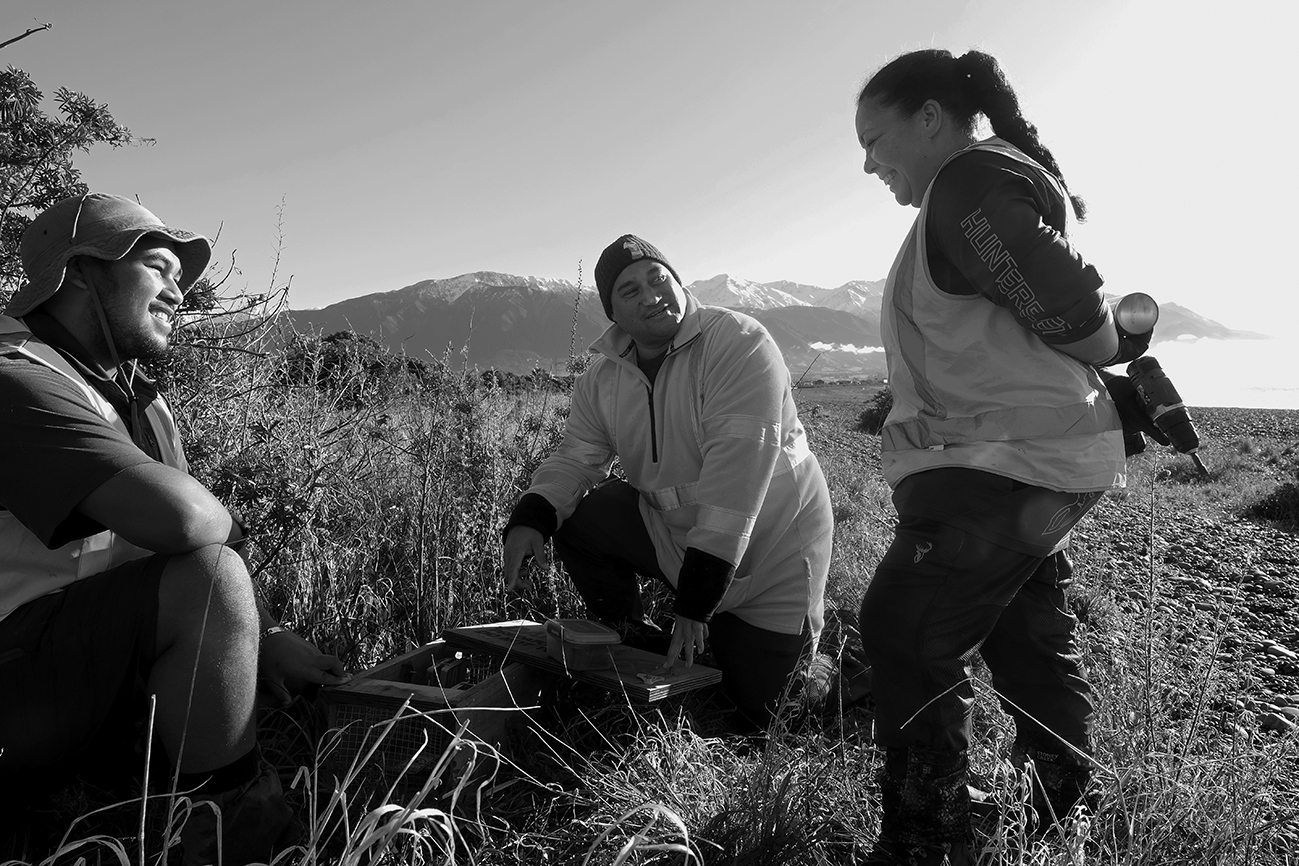\r\n \t
{{filter}}<\/div>\r\n \t<\/div>\r\n\t<\/div>\r\n<\/div>","grid":{"boxesToLoadStart":9,"boxesToLoad":9,"minBoxesPerFilter":9,"lazyLoad":true,"lazyLoadInLoadMoreView":true,"horizontalSpaceBetweenBoxes":15,"verticalSpaceBetweenBoxes":15,"columns":3,"resolutions":[{"columnWidth":"auto","maxWidth":1440,"columns":3},{"columnWidth":"auto","maxWidth":1280,"columns":3},{"columnWidth":"auto","maxWidth":1024,"columns":3},{"columnWidth":"auto","maxWidth":966,"columns":3},{"columnWidth":"auto","maxWidth":768,"columns":2},{"columnWidth":"auto","maxWidth":640,"columns":2},{"columnWidth":"auto","maxWidth":480,"columns":1}],"waitForAllThumbsNoMatterWhat":false,"thumbnailOverlay":true,"overlayEffect":"fade","overlaySpeed":200,"overlayEasing":"default","showOnlyVisibleBoxesInPopup":false,"considerFilteringInPopup":true,"deepLinkingOnPopup":true,"deepLinkingOnFilter":true,"deepLinkingOnSearch":false,"LoadingWord":"Loading...","loadMoreWord":"Load More","noMoreEntriesWord":"No More Entries","popup":"fancybox","magnificpopup":{"gallery":true,"alignTop":false,"preload":[0,3]},"fancybox":{"loop":false,"margin":[44,0],"keyboard":true,"arrows":true,"infobar":false,"toolbar":true,"buttons":["slideShow","fullScreen","thumbs","close"],"idleTime":3,"protect":false,"animationEffect":"zoom","animationDuration":330,"transitionEffect":"fade","transitionDuration":330,"slideShow":{"autoStart":false,"speed":4000},"fullScreen":{"autoStart":false},"thumbs":{"autoStart":false,"hideOnClose":true},"touch":{"vertical":true,"momentum":true}}}}" auto-grid-data="[{"directory":"\/var\/www\/html\/wp-content\/plugins\/wp_auto_grid\/galleries\/gallery\/Te Karaka\/90","directory_date":1677540377,"filter":"","extra_filter":"","thumb_src":"\/wp-content\/plugins\/wp_auto_grid\/galleries\/gallery\/Te Karaka\/90\/Rawiri-Manawatu-4.jpg","name":"Rawiri-Manawatu-4","date":1677540377,"random":7646,"popup_src":"\/wp-content\/plugins\/wp_auto_grid\/galleries\/gallery\/Te Karaka\/90\/Rawiri-Manawatu-4.jpg"},{"directory":"\/var\/www\/html\/wp-content\/plugins\/wp_auto_grid\/galleries\/gallery\/Te Karaka\/90","directory_date":1677540377,"filter":"","extra_filter":"","thumb_src":"\/wp-content\/plugins\/wp_auto_grid\/galleries\/gallery\/Te Karaka\/90\/Rawiri-Manawatu-1.jpg","name":"Rawiri-Manawatu-1","date":1677540377,"random":6665,"popup_src":"\/wp-content\/plugins\/wp_auto_grid\/galleries\/gallery\/Te Karaka\/90\/Rawiri-Manawatu-1.jpg"},{"directory":"\/var\/www\/html\/wp-content\/plugins\/wp_auto_grid\/galleries\/gallery\/Te Karaka\/90","directory_date":1677540377,"filter":"","extra_filter":"","thumb_src":"\/wp-content\/plugins\/wp_auto_grid\/galleries\/gallery\/Te Karaka\/90\/Rawiri-Manawatu-2.jpg","name":"Rawiri-Manawatu-2","date":1677540377,"random":8888,"popup_src":"\/wp-content\/plugins\/wp_auto_grid\/galleries\/gallery\/Te Karaka\/90\/Rawiri-Manawatu-2.jpg"},{"directory":"\/var\/www\/html\/wp-content\/plugins\/wp_auto_grid\/galleries\/gallery\/Te Karaka\/90","directory_date":1677540377,"filter":"","extra_filter":"","thumb_src":"\/wp-content\/plugins\/wp_auto_grid\/galleries\/gallery\/Te Karaka\/90\/Rawiri-Manawatu-9.jpg","name":"Rawiri-Manawatu-9","date":1677540377,"random":9048,"popup_src":"\/wp-content\/plugins\/wp_auto_grid\/galleries\/gallery\/Te Karaka\/90\/Rawiri-Manawatu-9.jpg"},{"directory":"\/var\/www\/html\/wp-content\/plugins\/wp_auto_grid\/galleries\/gallery\/Te Karaka\/90","directory_date":1677540377,"filter":"","extra_filter":"","thumb_src":"\/wp-content\/plugins\/wp_auto_grid\/galleries\/gallery\/Te Karaka\/90\/Rawiri-Manawatu-5.jpg","name":"Rawiri-Manawatu-5","date":1677540377,"random":9472,"popup_src":"\/wp-content\/plugins\/wp_auto_grid\/galleries\/gallery\/Te Karaka\/90\/Rawiri-Manawatu-5.jpg"},{"directory":"\/var\/www\/html\/wp-content\/plugins\/wp_auto_grid\/galleries\/gallery\/Te Karaka\/90","directory_date":1677540377,"filter":"","extra_filter":"","thumb_src":"\/wp-content\/plugins\/wp_auto_grid\/galleries\/gallery\/Te Karaka\/90\/Rawiri-Manawatu-12.jpg","name":"Rawiri-Manawatu-12","date":1677540377,"random":1433,"popup_src":"\/wp-content\/plugins\/wp_auto_grid\/galleries\/gallery\/Te Karaka\/90\/Rawiri-Manawatu-12.jpg"},{"directory":"\/var\/www\/html\/wp-content\/plugins\/wp_auto_grid\/galleries\/gallery\/Te Karaka\/90","directory_date":1677540377,"filter":"","extra_filter":"","thumb_src":"\/wp-content\/plugins\/wp_auto_grid\/galleries\/gallery\/Te Karaka\/90\/Rawiri-Manawatu-8.jpg","name":"Rawiri-Manawatu-8","date":1677540377,"random":3607,"popup_src":"\/wp-content\/plugins\/wp_auto_grid\/galleries\/gallery\/Te Karaka\/90\/Rawiri-Manawatu-8.jpg"},{"directory":"\/var\/www\/html\/wp-content\/plugins\/wp_auto_grid\/galleries\/gallery\/Te Karaka\/90","directory_date":1677540377,"filter":"","extra_filter":"","thumb_src":"\/wp-content\/plugins\/wp_auto_grid\/galleries\/gallery\/Te Karaka\/90\/Rawiri-Manawatu.jpg","name":"Rawiri-Manawatu","date":1677540377,"random":2317,"popup_src":"\/wp-content\/plugins\/wp_auto_grid\/galleries\/gallery\/Te Karaka\/90\/Rawiri-Manawatu.jpg"},{"directory":"\/var\/www\/html\/wp-content\/plugins\/wp_auto_grid\/galleries\/gallery\/Te Karaka\/90","directory_date":1677540377,"filter":"","extra_filter":"","thumb_src":"\/wp-content\/plugins\/wp_auto_grid\/galleries\/gallery\/Te Karaka\/90\/Rawiri-Manawatu-7.jpg","name":"Rawiri-Manawatu-7","date":1677540377,"random":7543,"popup_src":"\/wp-content\/plugins\/wp_auto_grid\/galleries\/gallery\/Te Karaka\/90\/Rawiri-Manawatu-7.jpg"},{"directory":"\/var\/www\/html\/wp-content\/plugins\/wp_auto_grid\/galleries\/gallery\/Te Karaka\/90","directory_date":1677540377,"filter":"","extra_filter":"","thumb_src":"\/wp-content\/plugins\/wp_auto_grid\/galleries\/gallery\/Te Karaka\/90\/Rawiri-Manawatu-10.jpg","name":"Rawiri-Manawatu-10","date":1677540377,"random":3097,"popup_src":"\/wp-content\/plugins\/wp_auto_grid\/galleries\/gallery\/Te Karaka\/90\/Rawiri-Manawatu-10.jpg"},{"directory":"\/var\/www\/html\/wp-content\/plugins\/wp_auto_grid\/galleries\/gallery\/Te Karaka\/90","directory_date":1677540377,"filter":"","extra_filter":"","thumb_src":"\/wp-content\/plugins\/wp_auto_grid\/galleries\/gallery\/Te Karaka\/90\/Rawiri-Manawatu-11.jpg","name":"Rawiri-Manawatu-11","date":1677540377,"random":3970,"popup_src":"\/wp-content\/plugins\/wp_auto_grid\/galleries\/gallery\/Te Karaka\/90\/Rawiri-Manawatu-11.jpg"},{"directory":"\/var\/www\/html\/wp-content\/plugins\/wp_auto_grid\/galleries\/gallery\/Te Karaka\/90","directory_date":1677540377,"filter":"","extra_filter":"","thumb_src":"\/wp-content\/plugins\/wp_auto_grid\/galleries\/gallery\/Te Karaka\/90\/Rawiri-Manawatu-3.jpg","name":"Rawiri-Manawatu-3","date":1677540377,"random":5663,"popup_src":"\/wp-content\/plugins\/wp_auto_grid\/galleries\/gallery\/Te Karaka\/90\/Rawiri-Manawatu-3.jpg"},{"directory":"\/var\/www\/html\/wp-content\/plugins\/wp_auto_grid\/galleries\/gallery\/Te Karaka\/90","directory_date":1677540377,"filter":"","extra_filter":"","thumb_src":"\/wp-content\/plugins\/wp_auto_grid\/galleries\/gallery\/Te Karaka\/90\/Rawiri-Manawatu-6.jpg","name":"Rawiri-Manawatu-6","date":1677540377,"random":5931,"popup_src":"\/wp-content\/plugins\/wp_auto_grid\/galleries\/gallery\/Te Karaka\/90\/Rawiri-Manawatu-6.jpg"}]">

